1. Glass Block Walls
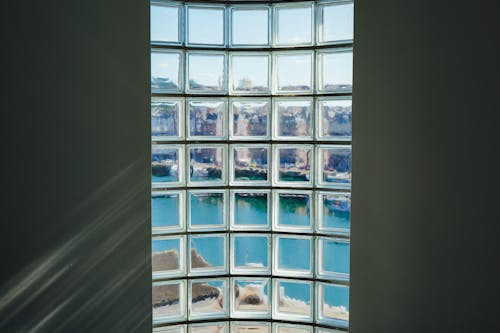
Glass block walls were once considered cutting-edge, offering light diffusion and a sense of privacy. Today, they feel dated and bulky, often making spaces look more like old office lobbies than modern homes. Buyers tend to see them as a renovation project waiting to happen. That perception alone can drag down offers.
Another issue is maintenance and modification. Unlike drywall, glass blocks are difficult to repair or replace if damaged. They also limit flexibility in design since you can’t easily hang art or alter the wall. For most buyers, that’s a headache, not a selling point.
2. Built-In Multimedia Systems
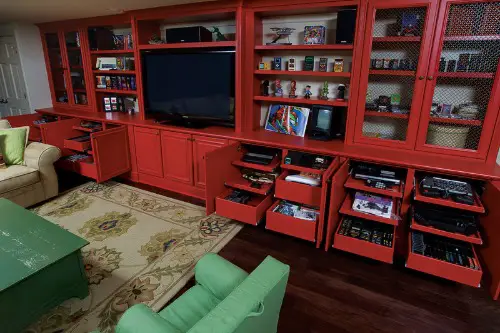
At one point, an elaborate built-in entertainment center felt futuristic. Now, with streaming sticks and wireless speakers, that infrastructure looks like clutter and wasted space. These systems quickly become outdated as technology changes. What once felt “smart” often becomes a costly relic.
Worse still, removal can be expensive. Buyers see tangled wiring, odd cabinetry, and giant wall cutouts as immediate projects. Many would rather start with a clean slate than retrofit a system that’s already obsolete. That perceived hassle lowers the home’s appeal.
3. Vessel Sinks
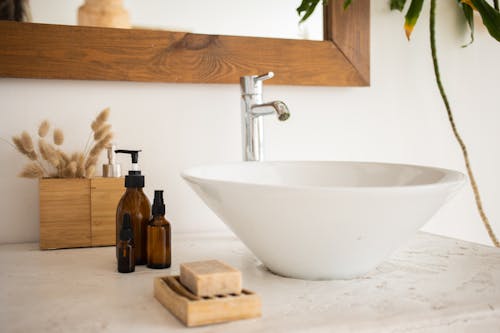
The vessel sink had its heyday in trendy hotels and bathrooms about 15 years ago. It promised an artistic, spa-like feel but often ended up being impractical. They’re prone to splashing, tough to clean around, and can chip more easily than under-mount sinks. Buyers usually prefer function over fuss in bathrooms.
There’s also an ergonomic issue. Vessel sinks sit higher than traditional sinks, which can be uncomfortable for daily use. Combine that with their fragile nature and high-maintenance cleaning, and they become more of a nuisance than a luxury. Many buyers now see them as a fad that didn’t age well.
4. Sunken Living Rooms
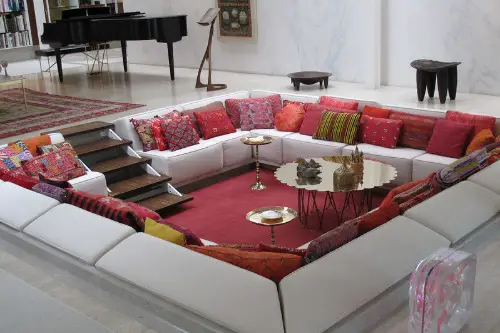
Sunken living rooms once carried a sense of mid-century glamour. Now, they mostly signal potential tripping hazards and design limitations. Families with kids or older adults see them as impractical. That perception alone can weigh on value.
Another issue is layout flexibility. Furniture arrangement is trickier, and the sunken area can make open-concept living feel segmented instead of spacious. Renovating to level the floor can be costly, so buyers often factor that into their offers. What was stylish in the 1970s feels like a liability today.
5. Faux Stone Facades
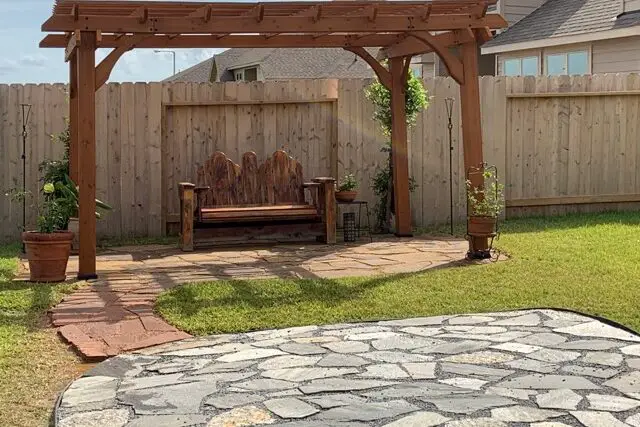
Manufactured stone veneer can look appealing in photos, but up close it often feels cheap. Over time, these facades can fade, crack, or trap moisture against the house. That leads to expensive repairs buyers are quick to notice. It’s a shortcut that doesn’t age well.
Real stone adds value, but faux stone often does the opposite. Once it starts showing wear, the whole home can look neglected. Buyers know replacement costs are steep, which can translate into lower bids. What’s meant to look upscale often screams “cut corner.”
6. Overly Customized Built-Ins
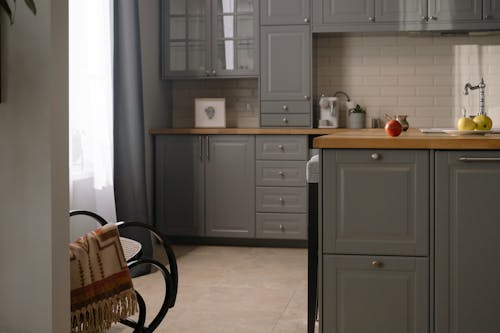
Built-in desks, bookshelves, or cabinetry sound like upgrades, but heavy customization can scare off buyers. Not everyone wants a wall-to-wall home office or a media wall that only fits outdated TVs. Instead of seeing utility, many see a design mismatch. That makes resale harder.
Even when done well, overly specific built-ins limit flexibility. Buyers may have very different ideas for the space and dislike being locked into someone else’s vision. Removing them isn’t always cheap or easy. A feature that was meant to wow ends up narrowing the buyer pool.
7. Trendy Countertop Materials
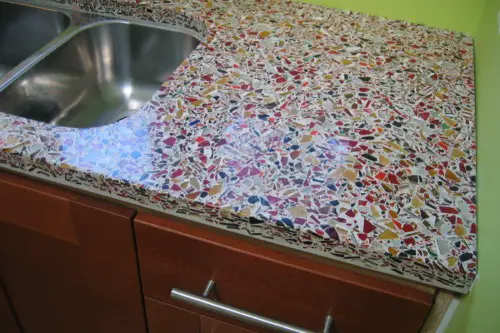
Bold countertop choices like concrete, recycled glass, or colored resin feel very modern at first glance. Unfortunately, they don’t hold broad appeal. Many are prone to staining, cracking, or showing wear quickly. Buyers often prefer neutral, timeless materials like quartz or granite.
The problem is longevity. What looks stylish today may look outdated in just a few years. Buyers worry about durability and replacement costs. That worry shows up as hesitation when making offers.
8. Wall-to-Wall Carpeting
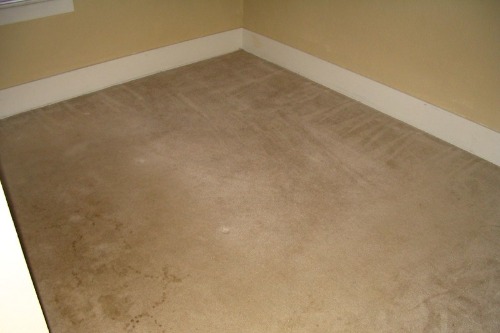
Carpet throughout the home was once a sign of comfort and coziness. Now, most buyers see it as a red flag for allergens, stains, and upkeep. Even high-end carpet can feel outdated compared to hardwood or luxury vinyl. It gives the impression of higher maintenance and lower hygiene.
Replacing carpet with hard flooring is a major expense. Buyers know this and adjust their offers accordingly. Unless it’s in a bedroom or small area, carpet drags down appeal. A full-house install often signals “work needed” instead of move-in ready.
9. Whirlpool Tubs
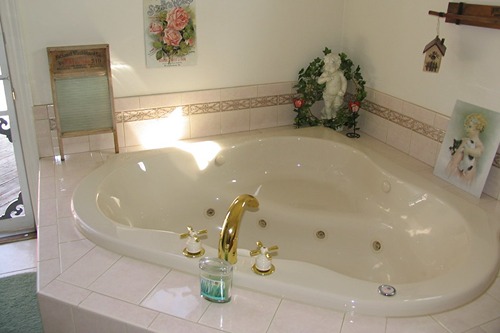
Once seen as the pinnacle of luxury, whirlpool tubs are now considered bulky and impractical. They take up valuable bathroom space and are rarely used. Maintenance is another headache—cleaning jets and preventing mold growth is tedious. Many buyers prefer a large walk-in shower instead.
Energy and water use also make them less desirable. Filling a whirlpool tub takes time and a lot of resources. Today’s homeowners are more likely to see them as wasteful than indulgent. What was once a selling point now feels like an anchor on property value.
10. Outdoor Kitchens
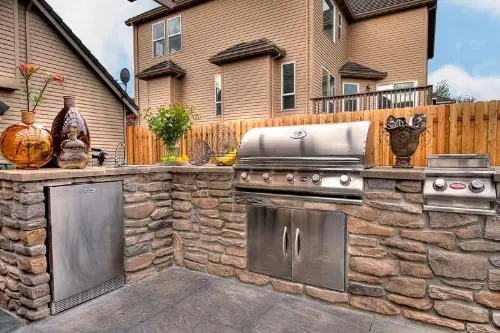
Outdoor kitchens sound glamorous in a listing, but they rarely see consistent use. Unless the climate allows for year-round grilling, they sit idle most of the time. Maintenance of appliances exposed to weather is also a pain. Buyers may see them as wasted space and added upkeep.
Installation costs are high, but return on investment is low. Many buyers don’t prioritize them, especially if they’re not avid entertainers. Instead, they see repairs and replacements in their future. For most homes, this “luxury” feels more like a burden.
11. Converted Garages
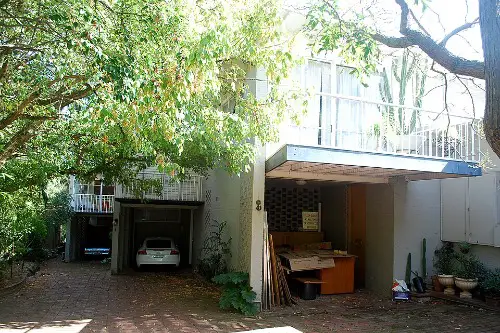
Turning a garage into extra living space can sound like a smart move. But most buyers value secure parking and storage far more. Losing a garage can be a dealbreaker, especially in areas with harsh weather. What feels like added square footage to the seller can feel like a downgrade to the buyer.
Garages are versatile and easy to convert if buyers want to—but not the other way around. Once a garage is converted, restoring it takes money and effort. Buyers know this and tend to discount the home accordingly. In most cases, the conversion backfires.
12. Overly Open Floor Plans

Open-concept layouts once symbolized modern living, but the trend has cooled. Many buyers now want separation between kitchens, living rooms, and work areas. Noise, smells, and lack of privacy are common complaints. Too much openness can actually feel less functional.
Renovating to add walls isn’t cheap or simple. Families especially want defined spaces for homework, Zoom calls, and quiet time. A floor plan that once seemed versatile now feels limiting. Buyers hesitate when they see “all open, no privacy.”
13. Bold, Built-In Lighting Features
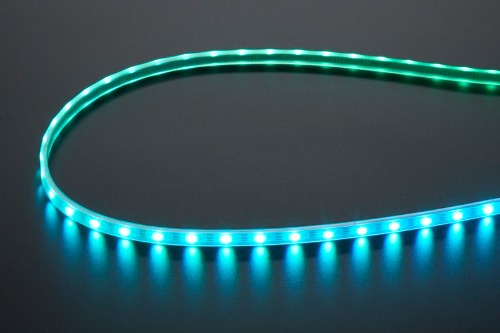
Statement lighting like fiber-optic ceilings, neon coves, or color-changing LEDs can look flashy. But most buyers see them as gimmicks that don’t age well. These features are expensive to maintain and often clash with personal taste. They also give off a “nightclub” vibe rather than a homey one.
Unlike a chandelier you can swap out, built-in lighting is harder to replace. Buyers don’t want the hassle of ripping out wiring or drywall. What seemed futuristic quickly feels dated and impractical. It’s a costly style choice that narrows appeal.
This post 13 Housing Features That Sound Modern But Tank Property Value was first published on Greenhouse Black.
